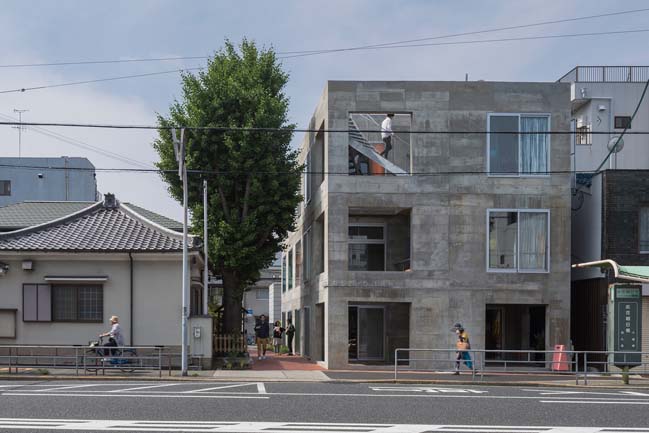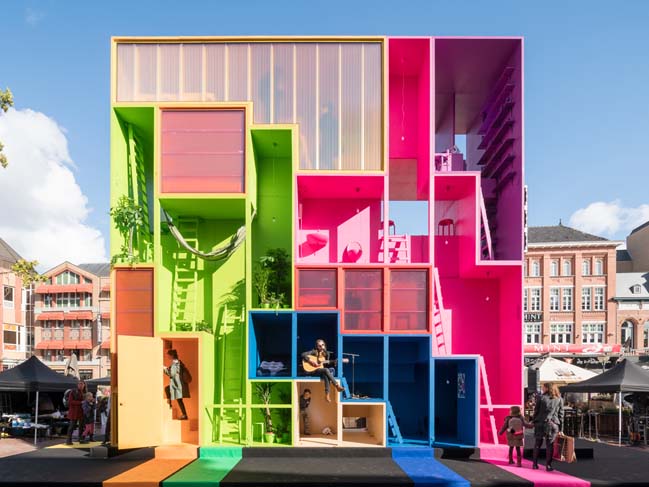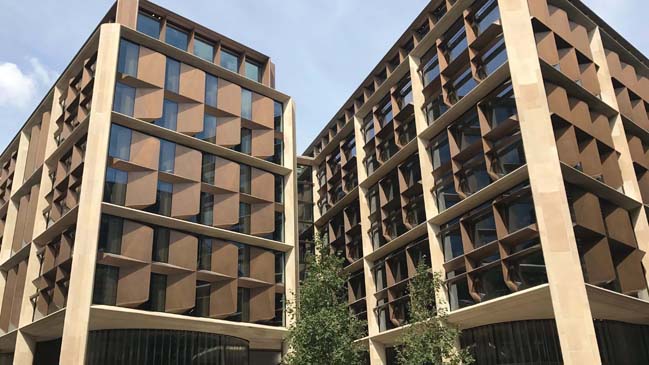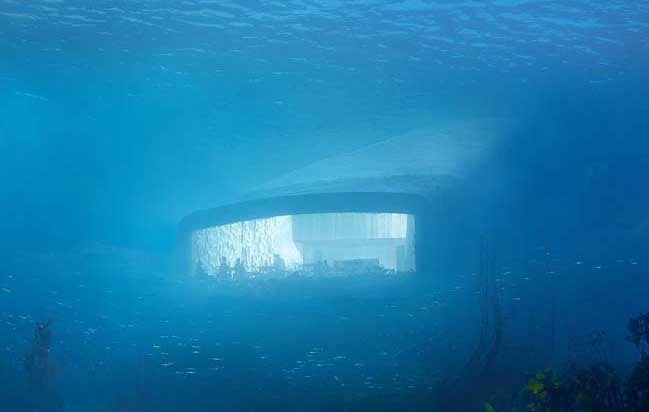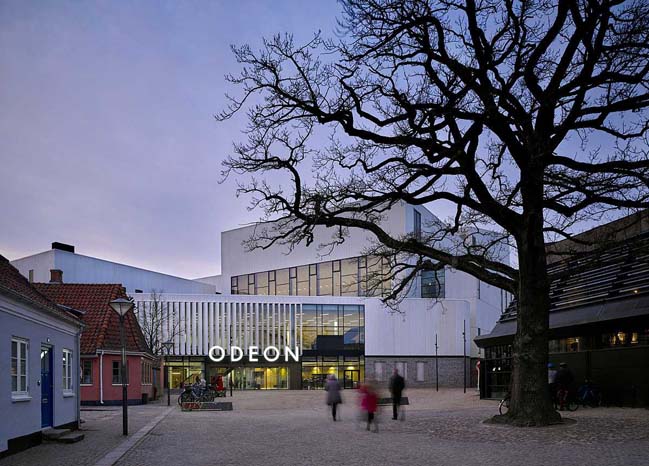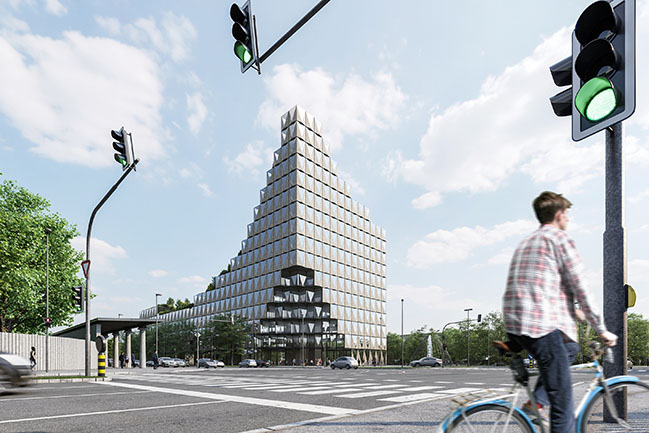10 / 27
2017
KAPSARC (King Abdullah Petroleum Studies and Research Centre) is a non-profit institution for independent research into policies that contribute to the most effective use of energy to provide social wellbeing across the globe.
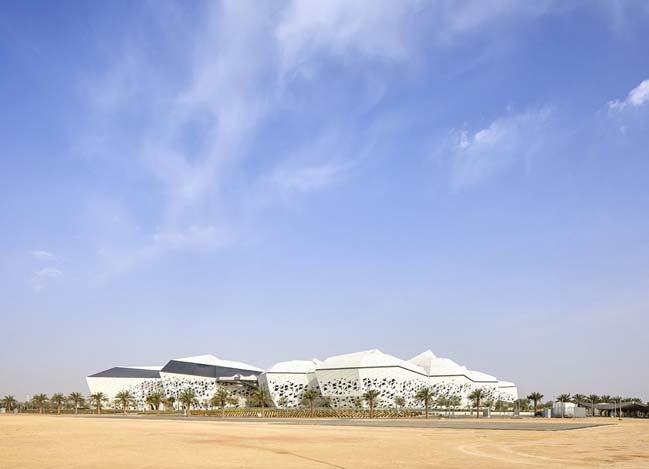
Architect: Zaha Hadid Architects
Location: Riyadh, Saudi Arabia
Year: 2009 - 2017
Site area: 530,000 sqm
Footprint area: 28,500 sqm
Photos by: Hufton + Crow
Project's description: KAPSARC develops policies and economic frameworks that reduce the environmental impact and overall costs of energy supply and enable practical technology-based solutions to use energy more efficiently.
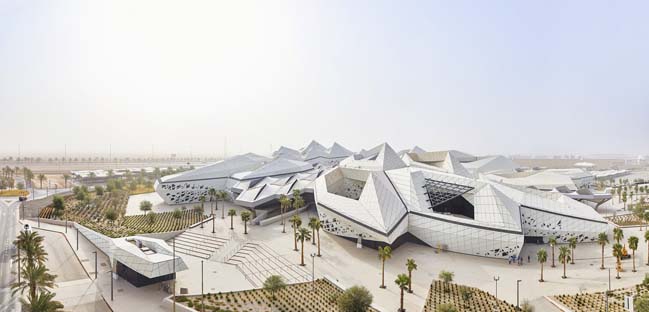
Collaborating with international research centres, public policy organisations, worldwide government institutions and global industry, KAPSARC brings together leading experts from around the world to tackle energy challenges; freely sharing its knowledge, insights and analytical frameworks.

The 70,000m² KAPSARC campus incorporates five buildings: the Energy Knowledge Centre; the Energy Computer Centre; a Conference Centre with exhibition hall and 300-seat auditorium; a Research Library with archives for 100,000 volumes; and the Musalla, an inspirational place for prayer within the campus.
KAPSARC’s design has solid technical and environmental considerations at its heart, drawing the five elements of the campus into a unified whole. ZHA’s first project to be awarded LEED Platinum certification by the US Green Building Council, the centre is designed in response to the environmental conditions of the Riyadh Plateau to minimise energy and resource consumption.
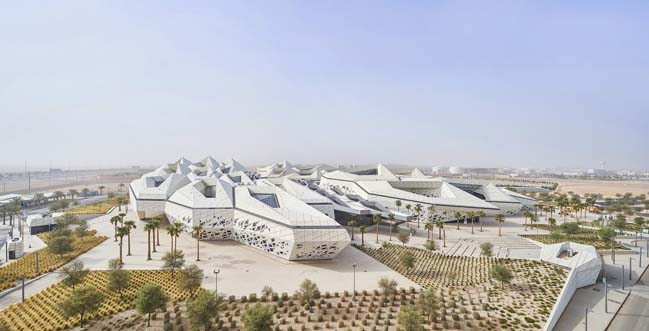
The primary organising strategy of the design is a cellular, partially modular system that integrates different departmental buildings as a single ensemble with interconnecting public spaces.
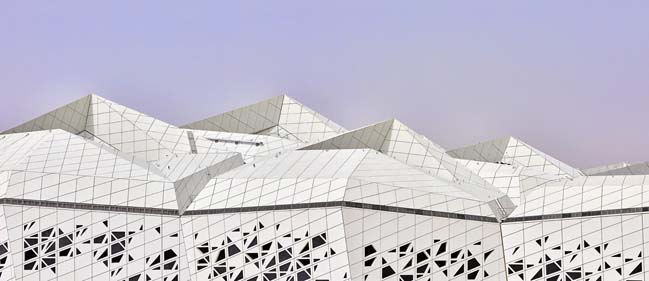
Hexagonal prismatic honeycomb structures use the least material to create a lattice of cells within a given volume. This structural and organisational principle determined KAPSARC’s composition as an amalgamation of crystalline forms that emerges from the desert landscape, evolving to best respond to the environmental conditions and internal programme requirements. The honeycomb grid is compressed towards its central axis as an extension of the natural wadi that runs to the west.

A research centre is by its very nature a forward-looking institution and KAPSARC’s architecture also looks to the future with a formal composition that can be expanded or adapted without compromising the centre’s visual character.
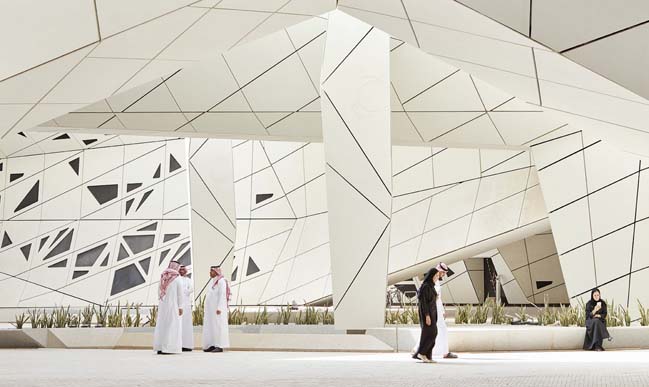
The modular design generates consistent organisational, spatial and structural strategies that drive all elements of the plan. The six sides of the hexagonal cells also offer greater opportunities for increased connectivity when compared to rectangular cells with only four sides.
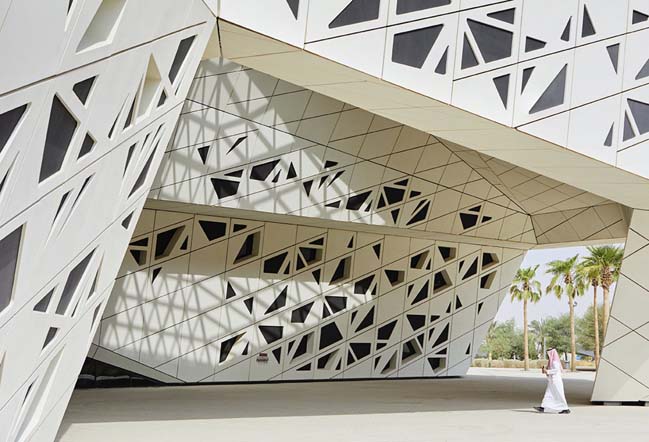
KAPSARC’s five buildings differ in size and organisation to best suit their use. Each building is divided into its component functions and can be adapted to respond to changes in requirements or working methods. Additional cells can readily be introduced by extending KAPSARC’s honeycomb grid for future expansion of the research campus.
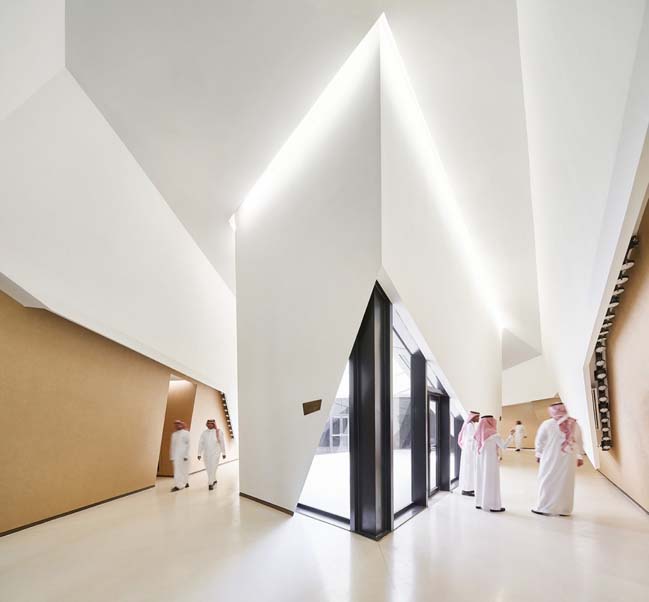
The specific arrangement and form of KAPSARC’s buildings contribute to softening the strong light and heat of the Riyadh Plateau.
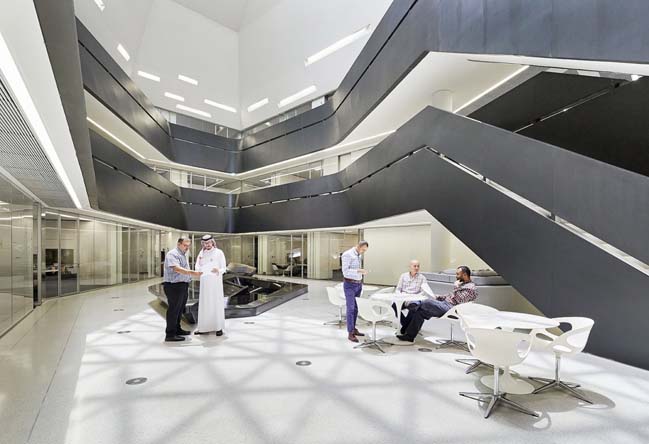
The buildings of the campus surround a large public courtyard shaded by canopies supported from a forest of crafted steel columns. Presenting a solid, protecting shell to the harsh sunlight from the south, the KAPSARC campus opens to north and west; encouraging prevailing winds from the north to cool the courtyard during temperate months and facilitating connections with any future expansion of the campus to the north, as well as creating connections with the researcher’s residential community to the west.
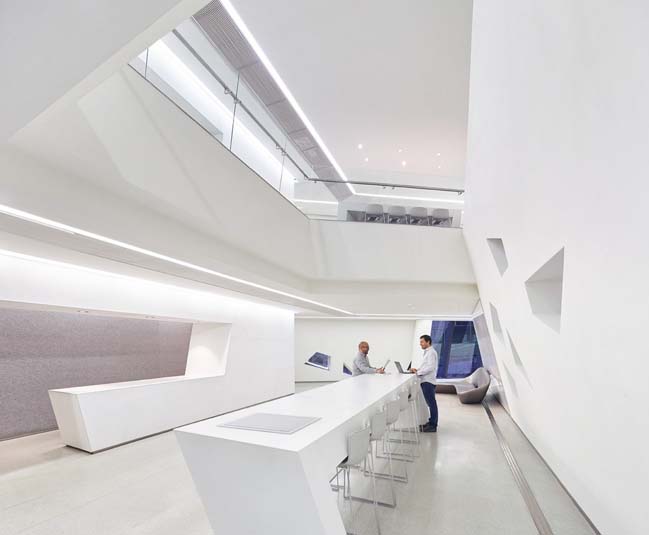
Privileging the pedestrian, each of the buildings within the campus is entered through this central public courtyard that also serves as a meeting space and link between buildings during temperate seasons. An underground link also connects the main buildings on the campus for use at the hottest times of the year.
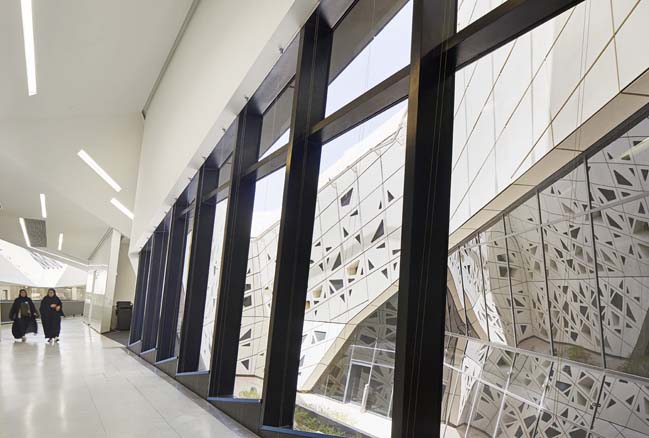
With its strong, protective shell on the exterior that shields from the extremes in weather, KAPSARC’s architecture is porous within. Specific hexagonal cells strategically located within each building are left open to create a series of sheltered courtyards that bring softly-controlled daylight into the interior.
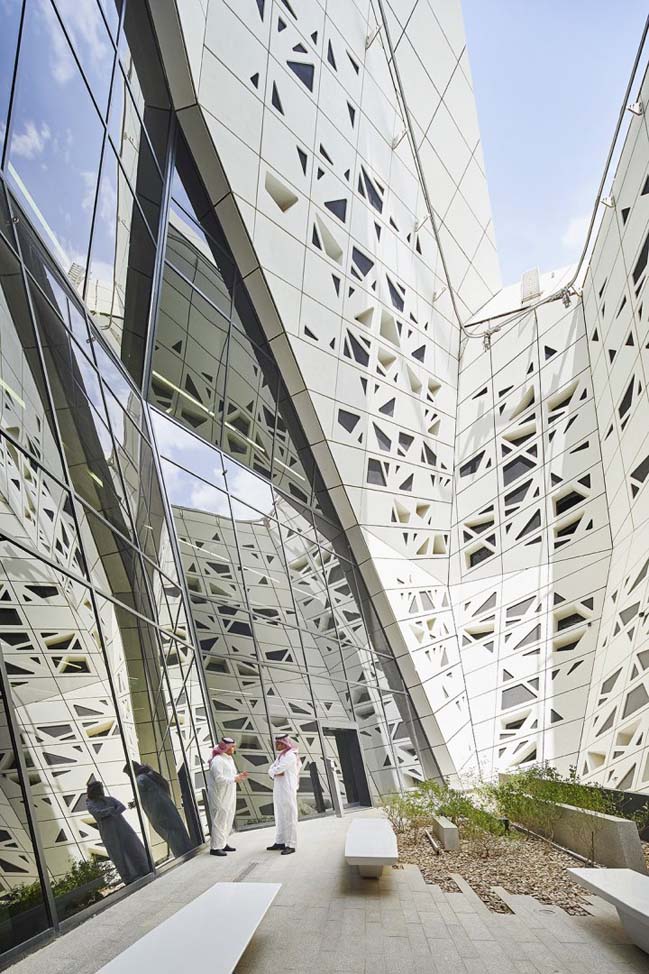
Orientated for the sun and wind conditions, the crystalline forms of the prismatic architectural cells gain in height towards the south, west, and east to shield internal spaces from direct sunlight, while the courtyards within are oriented to the north and northwest to bring indirect sunlight into the spaces below.
‘Wind-catchers’ integrated within the roof profiles on the southern sides of each courtyard catch the prevailing winds from the north, cooling each courtyard.
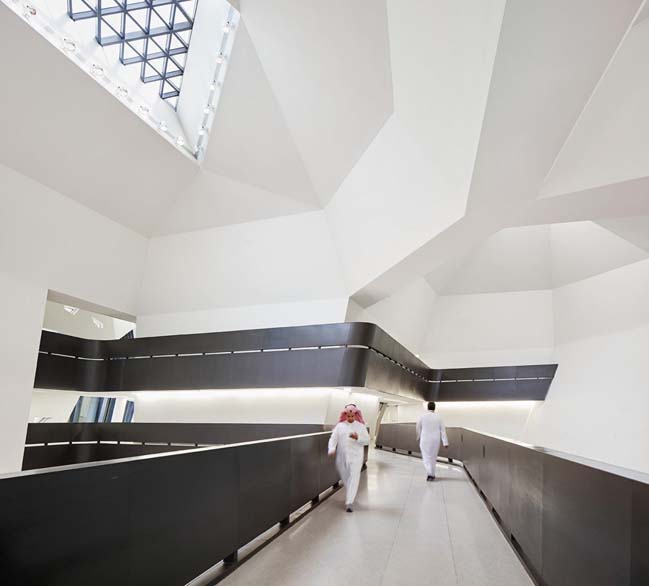
KAPSARC’s architecture promotes transparency and encourages an active exchange between researchers and visitors. By strategically off-setting floorplates, spatial layering effects are created throughout the centre to provide views to the floors above and below; offering transparency between floors in public areas designed as collective zones for researchers to meet informally and exchange ideas. Secure areas and rooms requiring privacy are located within areas of each building where floorplates overlap.
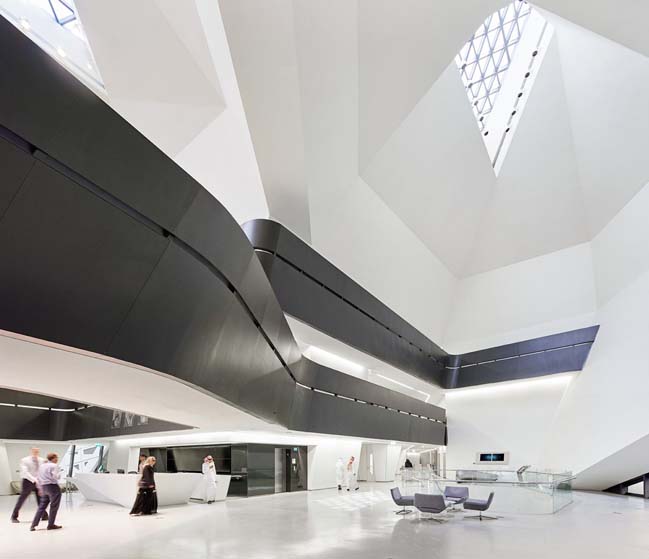
KAPSARC was awarded LEED Platinum certification from the United States Green Building Council (USGBC) through its application of passive and active solutions including:
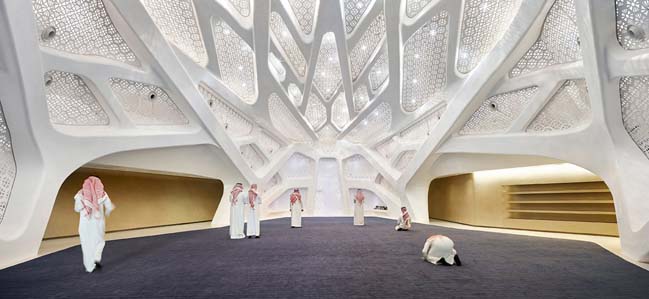
- A 45% reduction in energy performance (compared to the ASHRAE baseline standards) achived via KAPSARC’s building massing and orientation, façade optimisation, system selection and the solar PV array located on the roof of the south-facing Conference Centre with a capacity of 5,000MWh/year.
- All KAPSARC’s potable water is recycled and reused on site and 100% of irrigation water is from non-potable sources.
- 40% of KAPSARC’s construction materials have been sourced from within 500 miles, and 30% of materials made with recycled content.
- 98% of all wood certified by the Forest Stewardship Council (FSC).
- 4,000 tonnes of waste separated and diverted from landfill.
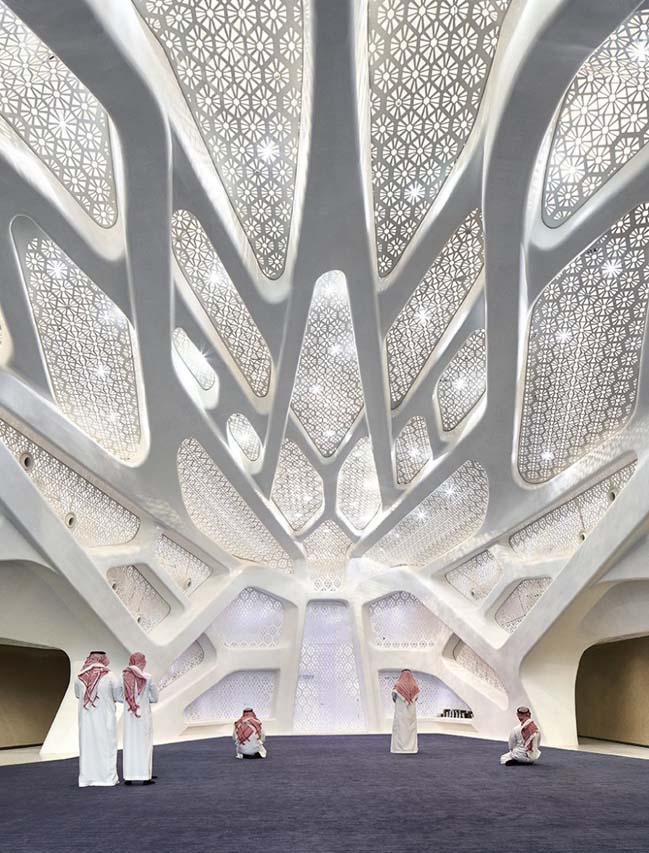
KAPSARC has also been named Saudi Arabia’s ‘smartest’ building in the Honeywell Smart Building Awards programme. Based on criteria that include environmental sustainability, safety and productivity, KAPSARC received outstanding scores across all three categories.
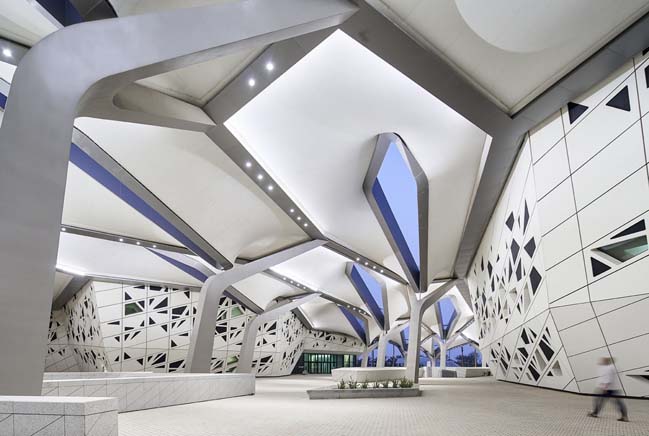
As a forum of innovation and collective research, KAPSARC’s convention centre recently hosted its first major public conference, with more than 20,000 visitors attending Saudi Design Week 2017.
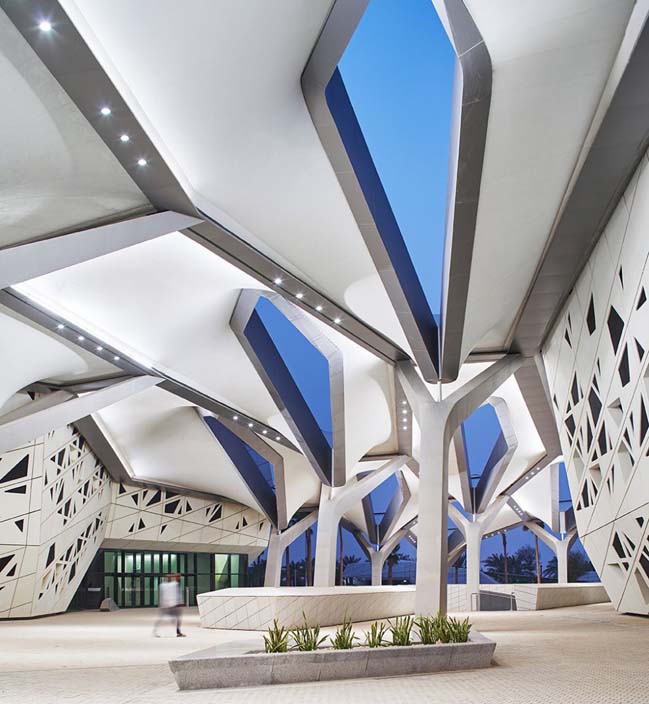
> Kolon Future Research Park by Morphopedia
> Futuristic architecture of Marine Research Center in Indonesia
Zaha Hadid Architects's KAPSARC open to the public for Saudi Design Week
10 / 27 / 2017 KAPSARC (King Abdullah Petroleum Studies and Research Centre) is a non-profit institution for independent research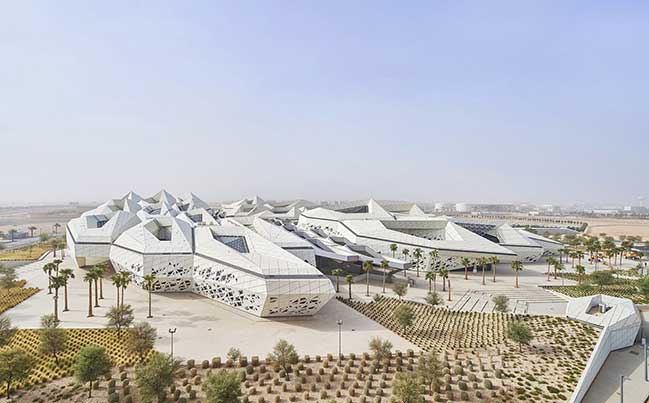
You might also like:
Recommended post: Petrol Corporate Building by ENOTA
